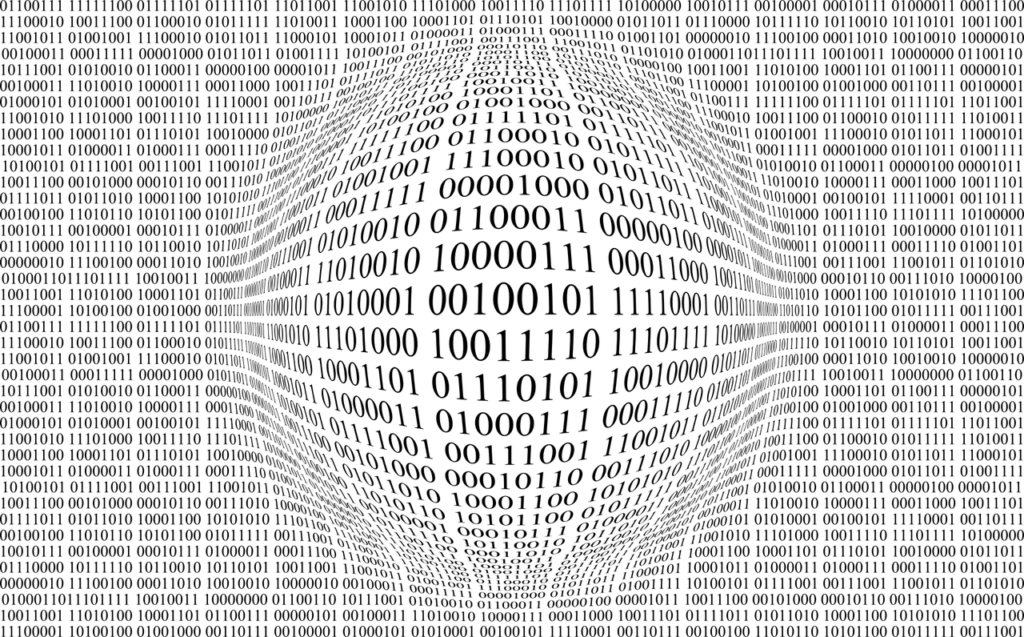A random number generator (RNG) is a device that’s becoming increasingly influential across all manner of digital industries that require the generation of random data. Put simply, an RNG is designed to randomly allocate a sequence of symbols or numbers that can’t be easily predicted or replicated. The real benefit of using an RNG is to reinforce the integrity and fairness of a system, ensuring it is truly independent and decentralized.

Caption: RNGs are more sophisticated and scalable than the roll of a dice
There have been many ways to determine random data in the past. Whether it’s the roll of a dice, choosing heads or tails on a coin or shuffling a deck of playing cards, these have become household techniques to try and create a fair and random outcome. Nevertheless, for businesses and service providers that need to generate high volumes of random numbers, these antiquated methods would require a lot of time and manpower.
Hence the development of computational methods to generate random numbers. There are two different types of RNGs that are used to generate pattern-less, randomized data sequences:
Pseudo-random number generators (PRNGs)
A PRNG is a software-based RNG which utilizes mathematical algorithms to help generate random numbers and data with accuracy and speed. The software works by initializing its algorithm using a ‘seed’ value. A seed value could be determined from anything such as a computer’s time and date, the stroke of a keyboard or even the movement of a mouse. What lets a PRNG down is that it’s not 100% possible to create truly random seed values. That’s because there are only so many times, dates, keys and mouse moves one can make to determine a seed. This makes a PRNG more susceptible to manipulation, however small the chances are.
However, a PRNG is often sufficient for applications where security is of paramount importance. Random.org states that PRNGs offer excellent efficiency and are deterministic in their nature; they are particularly popular among tech firms that need to adopt simulation tests or modelling of events to get a feel for the likely outcome of an event. jRand is a popular framework for PRNGs, powered by a Java-based infrastructure.
True random number generators (TRNGs)
RNGs powered by hardware are known as ‘true’ RNGs. No seed is necessary for a TRNG to operate. That’s due to the fact that hardware random numbers aren’t values allocated or selected by computerized values; nor are they determined via an algorithm that can be replicated. Instead, TRNGs are digital snapshots of natural noises such as thermal or atmospheric noise and electromagnetic pulses. As TRNGs are not determined using an algorithm, with no repeating number sequences, it’s nigh-on impossible for cyber-criminals to attack and steal money or sensitive data. Even if they were able to guess one number in the sequence, there is no way they could use the seed number to determine additional numbers in the sequence. Hence why this form of RNG is known as a true random number generator. It’s the perfect use for altering default passwords and usernames that are susceptible to attack.
As a TRNG is non-deterministic, it has become increasingly beneficial for applications such as random drug screening, state lotteries and even online casino games. The latter requires a TRNG because it needs to offer a provably fair gaming experience for customers, helping to reinforce the legitimacy and security of iGaming to those who are still on the fence regarding its qualities. Despite all the bells and whistles of online slots, with their state-of-the-art visuals and audio, at the core of every game is an RNG. It generates thousands of numbers per second, using complex mathematical algorithms to create sequences of random numbers, ensuring fairness in the outcome of every spin of the reels. In the iGaming industry, these TRNGs are also tested periodically by agencies such as eCOGRA to maintain their fairness and random nature.
Choosing between the use of a PRNG and a TRNG is as simple as asking the question of whether your purpose can handle partly predictable results. PRNGs involve computers and it’s hard for them to do anything by chance or at random. Meanwhile a TRNG uses natural sources fed into the computer to use and watch out for patterns.



